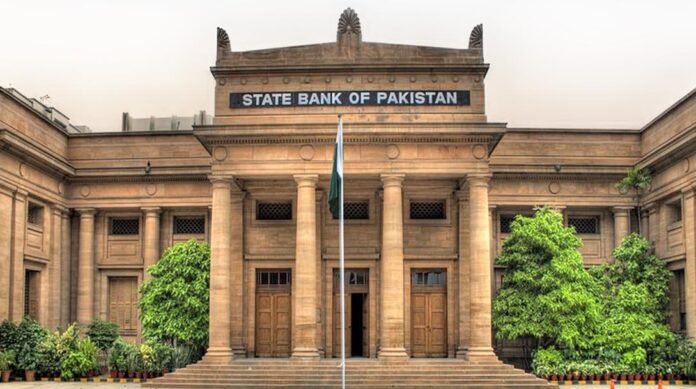The State Bank of Pakistan (SBP) purchased $5.9 billion from the interbank market between June 2024 and February 2025 to strengthen its foreign exchange reserves and meet external debt obligations, according to recent data from the central bank.
In February alone, the SBP acquired $223 million in foreign currency, an increase from $154 million in January. Despite ongoing external debt repayments, the SBP successfully increased reserves, aided by record remittances and strong export performance amid declining global commodity prices. Support from the International Monetary Fund (IMF) and rollovers from allied countries also played a key role.
As of May 16, Pakistan’s foreign exchange reserves stood at $11.45 billion following the receipt of a $1.023 billion tranche from the IMF on May 13, part of a $7 billion loan arrangement. The reserves rose by over $1 billion in the reporting week.
The country’s total liquid foreign reserves climbed to $16.648 billion, though commercial banks’ reserves fell slightly by $8 million to $5.202 billion.
On May 9, the IMF completed the first review of Pakistan’s 37-month Extended Fund Facility (EFF), approving a $1 billion disbursement and a new $1.4 billion loan from its climate resilience fund.
April’s current account surplus shrank sharply to $12 million, down 99 percent from the previous month and 96 percent year-on-year. However, the surplus for the first ten months of fiscal year 2025 improved to $1.88 billion from a deficit of $1.33 billion the previous year.
Topline Securities, citing the IMF staff report, said Pakistan surpassed its net international reserves target for December 2024, with actual reserves at -$9.7 billion versus a target of -$12 billion. The brokerage expects the June 2025 target to tighten to -$7.45 billion, up from -$8.65 billion, revising the forex reserves target for June 2025 to $13.9 billion from $12.75 billion.
Analysts noted that a healthier external account position allowed the central bank to actively intervene in the forex market, contributing to reserve growth.




